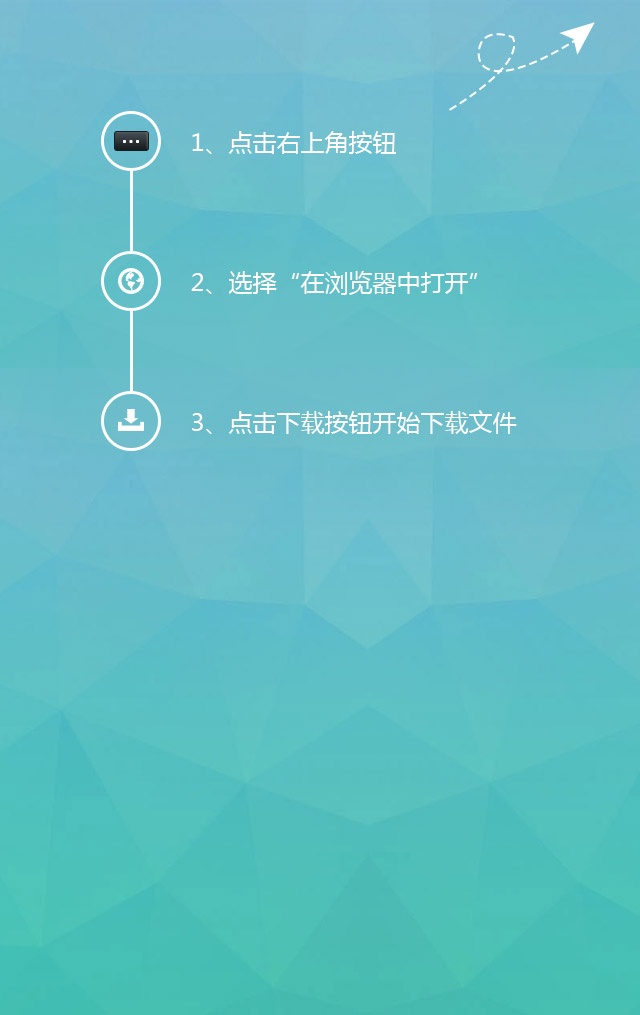Nuoer Testing interprets the RoHS2.0 revised directive response plan
On June 4, 2015, the European Union issued Directive (EU) 2015/863 in the official gazette, which revised the Annex II of the RoHS 2.0 Directive (2011/65/EU) on restricted substances requirements and added four phthalates Esters controlled substances, namely bis(2-ethylhexyl) phthalate (DEHP), butyl benzyl phthalate (BBP), dibutyl phthalate (DBP), two phthalate Isobutyl ester (DIBP), and stipulates that the content of four phthalates in homogeneous materials shall not exceed 0.1%. So far, there are ten compulsory controlled substances in Appendix II, which are four heavy metals, two brominated flame retardants, and four ortho-benzene plasticizers.
1. Introduction of phthalate compounds
Phthalates (PAEs), also known as phthalates, can be used as raw materials for plasticizers, pesticide carriers, insect repellents, cosmetics, fragrances, lubricants and detergents. It is widely used in hundreds of products such as electrical and electronic, toys, food packaging materials, detergents, lubricants, coatings, adhesives, inks, printing and dyeing, fragrances, personal care products, etc. Recent studies have shown that phthalate compounds can cause deformities, cancers and genetic mutations (that is, CMR substances). Therefore, countries around the world have issued relevant laws and regulations in many fields (such as toys, food, food packaging, etc.) Phthalate plasticizers are restricted.
2. Identify the risk sources of phthalates
As one of the most widely used plasticizers, phthalates are often added in large quantities to PVC, PVA, PVDC, PU and other materials, and may also be used for coatings, inks, adhesives, sealants, air Freshener, fragrance product. Materials that may have a high risk of phthalates in electrical and electronic products include: electrical insulating materials, soft plastic rubber (except polyolefin, silicone rubber, and natural rubber), foamed plastic rubber (such as PU), Surface coating; adhesives and sealants, etc. This type of material is extremely risky and requires great attention. In addition, some materials are unlikely to contain phthalates, such as: undyed metal, untreated wood, natural fiber textiles, ordinary synthetic fiber textiles (such as polyester, acrylic, nylon materials) ), polyolefin, silicone rubber and natural rubber, mineral products (such as sand, glass, crystal, etc.).
Three, some management and control suggestions on phthalates
(1) Practitioners must be trained in relevant laws and regulations, especially to identify the risk of phthalates in materials, and control the materials with high risks. In the procurement process, suppliers are required to provide qualified test reports for phthalates, which has avoided unqualified finished products.
(2) Pay close attention to the changes in regulations regarding the restriction of phthalates to avoid trade losses.
(3) Actively seek and develop alternatives to phthalates, such as citrate, EBN, and BET are relatively well-known non-toxic and environmentally friendly plasticizers.
(4) Relevant departments need to formulate and improve mandatory standards for the content of phthalates in electrical and electronic products as soon as possible, and keep them consistent with those of major developed countries.
IV. Introduction of phthalate detection method
There are mature methods for phthalate detection in toys, food, cosmetics, environment and other fields to learn from. The principle of the commonly used test method is to use organic solvents (tetrahydrofuran, dichloromethane, diethyl ether or a mixture of acetone and hexane can be used) to extract the phthalates in the sample, and then use the instrument for analysis. According to the different instrument methods, detection methods can be divided into: gas chromatography (GC), liquid chromatography (LC), infrared spectroscopy (IR) and thin layer chromatography (TLC), liquid-mass spectrometry (LC-MS) ), and gas chromatography with mass spectrometry detector (MSD). According to the different pretreatments of phthalate extraction, the samples can be divided into: Soxhlet extraction method, ultrasonic extraction method, pressurized fluid extraction method, microwave extraction method, shaking dissolution extraction method, etc. In terms of comprehensive equipment and pre-treatment methods, the most commonly used method is Soxhlet extraction or shaking to dissolve and extract phthalates, followed by qualitative and quantitative analysis using GC-MS.
Five, the future detection trend of the RoHS2.0 directive
RoHS2.0 stipulates that the restricted substances in Appendix II must be consistent with other laws and regulations, especially (EC) No 1907/2006 on the registration, evaluation, licensing and restriction of chemicals (ie REACH regulations). As the REACH Regulations Appendix XIV (Substances of Very High Concern SVHC) and Appendix XVII (Restricted Substances) are frequently updated, Appendix II in RoHS2.0 must evaluate the updated substances in REACH in order to maintain consistency.
Appendix II of RoHS adds 4 kinds of phthalate esters, but REACH restricts phthalate esters in addition to these 4 kinds, there are other types, such as di-n-octyl phthalate (DNOP) , Diisodecyl Phthalate (DIDP), Diisononyl Phthalate (DINP), Dihexyl Phthalate (DNHP). International studies have also shown that more and more phthalate plasticizers are toxic, so more types of phthalates will be restricted.
As people pay more attention to environmental protection and health, and the awareness of existing substances continues to increase, more and more existing substances will gradually be recognized as harmful to the environment and biological health. Then these substances Will gradually be banned by the industry, and the banned substances in electronic and electrical products will also increase. Those substances that are highly concerned by the Reach regulations, have been determined to be extremely harmful to humans, and are widely used in electrical and electronic products will be included in the list of prohibited substances in the RoHS directive, such as hexabromocyclododecane and other widely used barriers. It is very likely that the fuel will be officially included in the scope of RoHS control in the near future. Therefore, on the basis of the existing RoHS management and control, the management and control requirements of various substances of high concern should be made in order to be prepared for the prohibition in the future.
Nuoer testing services involve CE, ROHS, GS, FCC, FDA, UL, IC, PSE, KC, KCC, CCC, SAA, BIS, lithium battery UN38.3 SDSIEC62133IEC61960, etc.
推荐
-

-

QQ空间
-

新浪微博
-

人人网
-

豆瓣

